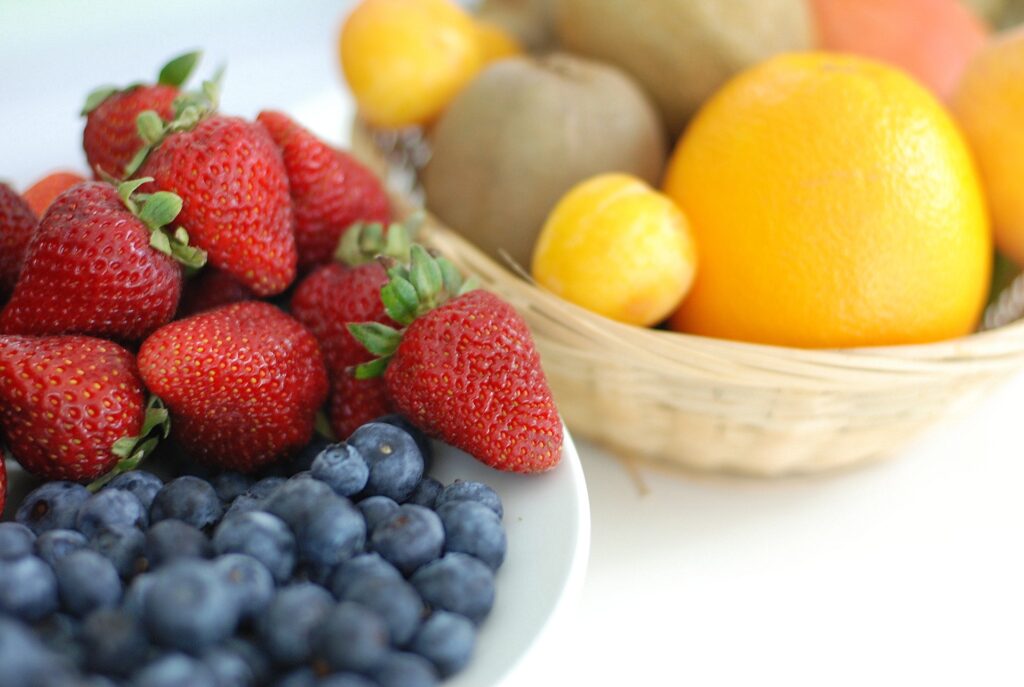Let’s Talk About Vitamin C
go.ncsu.edu/readext?765548
en Español / em Português
El inglés es el idioma de control de esta página. En la medida en que haya algún conflicto entre la traducción al inglés y la traducción, el inglés prevalece.
Al hacer clic en el enlace de traducción se activa un servicio de traducción gratuito para convertir la página al español. Al igual que con cualquier traducción por Internet, la conversión no es sensible al contexto y puede que no traduzca el texto en su significado original. NC State Extension no garantiza la exactitud del texto traducido. Por favor, tenga en cuenta que algunas aplicaciones y/o servicios pueden no funcionar como se espera cuando se traducen.
Português
Inglês é o idioma de controle desta página. Na medida que haja algum conflito entre o texto original em Inglês e a tradução, o Inglês prevalece.
Ao clicar no link de tradução, um serviço gratuito de tradução será ativado para converter a página para o Português. Como em qualquer tradução pela internet, a conversão não é sensivel ao contexto e pode não ocorrer a tradução para o significado orginal. O serviço de Extensão da Carolina do Norte (NC State Extension) não garante a exatidão do texto traduzido. Por favor, observe que algumas funções ou serviços podem não funcionar como esperado após a tradução.
English
English is the controlling language of this page. To the extent there is any conflict between the English text and the translation, English controls.
Clicking on the translation link activates a free translation service to convert the page to Spanish. As with any Internet translation, the conversion is not context-sensitive and may not translate the text to its original meaning. NC State Extension does not guarantee the accuracy of the translated text. Please note that some applications and/or services may not function as expected when translated.
Collapse ▲We’re well into winter, and for many of us, we’re putting in our best effort to keep our body healthy to fight off the flu and cold. An important way of preventing sickness involves what we eat. Vitamin C is a vitamin we all may know. But how can it be an integral part of our regiment of staying healthy to prevent illnesses?
Vitamin C, according to our friends out Michigan State University Extension, is a water-soluble vitamin that serves as an antioxidant. Vitamin C helps to maintain a working immune system, strengthen cell tissue to fight infections, and helps with the formation of teeth and bones, according to Ohio State University Extension. Vitamin C also helps to activate non-heme iron, a plant-based form of iron. Some great sources of Vitamin C include cantaloupe, pineapple, blueberries, broccoli, red peppers, and winter squash. To get the most out of Vitamin C make sure to eat many sources raw than more often cooked. Heat can destroy Vitamin C. Stay healthy, stay safe, and enjoy plenty of these wonderful sources of Vitamin C this winter!
References:
“Vitamin C” – Ohioline – Ohio State University Extension
“Nutrition for you: Vitamin C” – Michigan State University Extension





